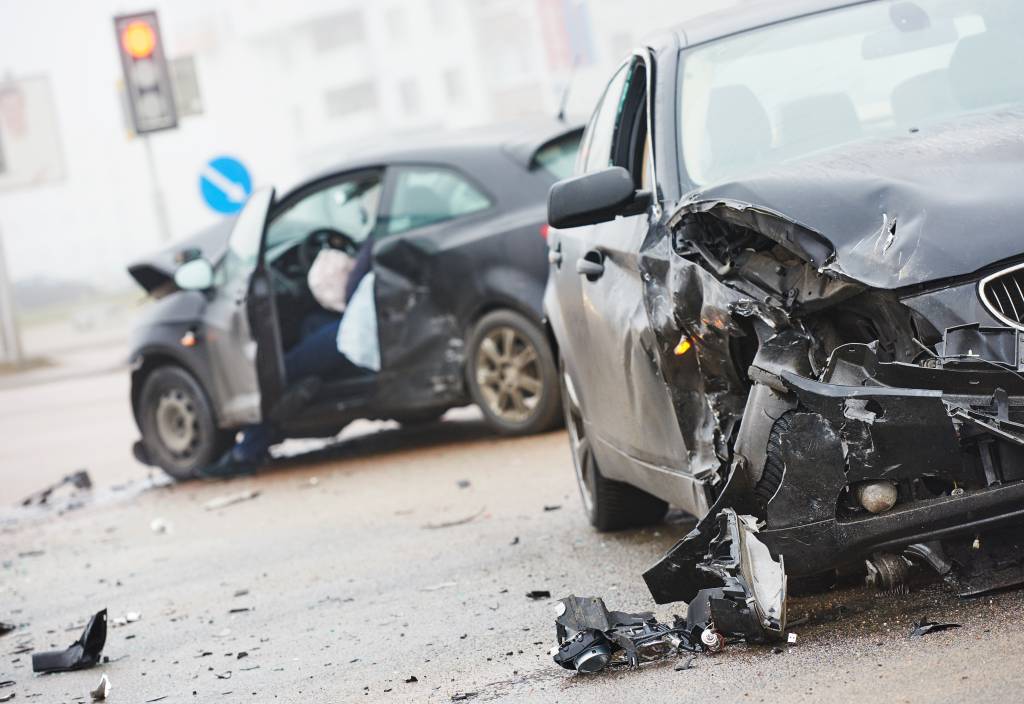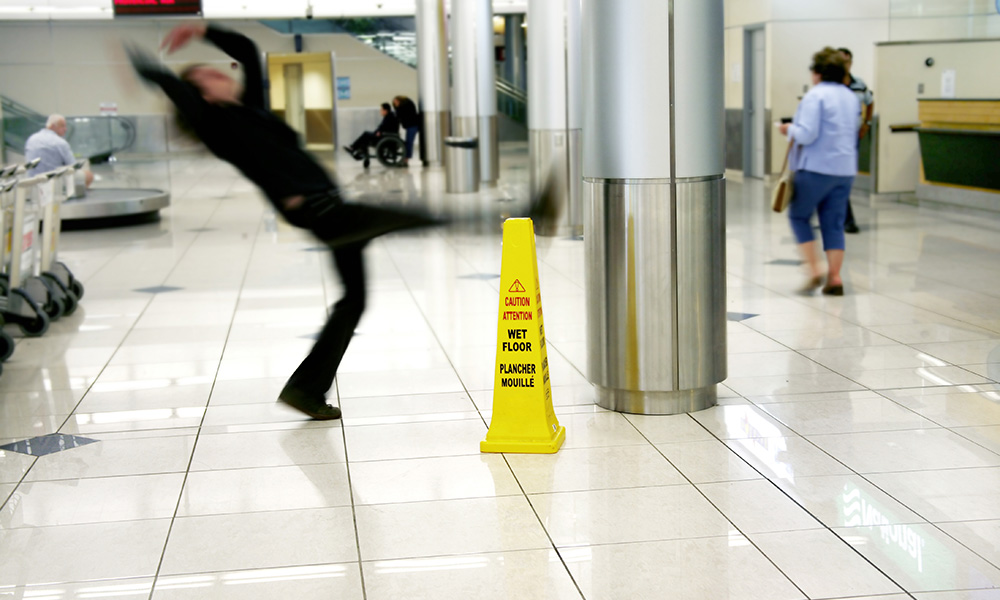If you have been injured by another driver’s negligence in Orange County – or anywhere in Southern California – once you’ve been seen by a doctor, have a personal injury attorney explain your recourse, your rights, and your options.
A personal injury attorney can determine if you have grounds for filing a personal injury claim, and if so, how much that claim might be worth.
If you’ve been injured by someone else’s negligence in California, you are entitled to complete reimbursement for your medical expenses, lost wages, and all injury-related losses and damages.
Whenever you file an auto insurance injury claim against another driver’s insurance policy – or in any situation where you are not the policyholder – it’s called a “third-party” claim.
Here are several examples of third-party injury claims that are generated by traffic accidents and how those claims would work:
If you were injured while you were a passenger in a vehicle when the vehicle was involved in a collision, you would pursue an injury claim against the policy owned by the vehicle’s driver.
If you were injured but judged not at fault in an accident in a fault-only state (a state that does not operate under a no-fault auto insurance system), you would pursue an injury claim against the other driver’s policy and company.
California is a fault state, so a driver must be found at fault for an accident before that driver’s insurance will pay for damages.
If you were injured while driving a company vehicle that is involved in a crash, you would pursue an injury claim against the company’s auto insurer.
If you were injured in an accident while driving your own vehicle on job-related business, you might be able to pursue a claim against your employer’s insurance company.
In other words, any time you file an auto insurance claim in a situation where you are not the policyholder, you are filing a third-party claim.
Most no-fault states allow you to file a third-party claim against the other motorist’s policy only if your claim rises to the level of what the state considers “serious injury.” In states without no-fault insurance, such as California, an injury victim can file a claim against the other driver’s policy simply if the other driver was at fault.
WHAT IS PURE COMPARATIVE NEGLIGENCE?
California civil courts use the pure comparative negligence approach to automobile collisions. In California, if an injury victim is partly liable for his or her own injury in a collision, the damages that can be awarded are lowered by the percentage of fault.
How does pure comparative negligence work? Let’s take this accident as an example: Motorist X is driving six or eight miles per hour above the speed limit. As Motorist X rolls through a green traffic signal, Motorist Y collides with and seriously injures Motorist X.
Motorist Y was driving recklessly, at twenty-five miles per hour above the posted limit. A breath test also showed that Motorist Y was legally impaired.
It’s possible that Motorist Y could be found one hundred percent liable for the accident, but since Motorist X was slightly exceeding the speed limit, it’s also possible that Motorist X could be found twenty or twenty-five percent liable for his or her own injuries.
If Motorist X’s damages total $100,000, but Motorist X is found twenty percent liable, Motorist Y will be responsible for only $80,000 or eighty percent of Motorist X’s medical costs, lost wages, and other damages. Pure comparative negligence also applies if the percentages are reversed.
If Motorist X in this example had been eighty percent liable, he or she could still recover the remaining twenty percent or $20,000. California is one of only thirteen states that operate under a pure comparative negligence auto insurance system.
HOW DO YOU FILE A THIRD-PARTY INJURY CLAIM?
If you need to file a third-party injury claim in Southern California, you should contact an Orange County personal injury attorney as quickly as possible after you’ve been examined by a doctor.
If your only injuries were scratches, or if you weren’t injured but suffered some property damage to your vehicle, in most cases it’s okay to “go it alone,” but if your health and your future are involved, you should put your case in the hands of a trustworthy personal injury lawyer at once.
However, even before you can speak with a lawyer, you need to begin gathering evidence. Only you can gather the evidence at the scene of an accident in its immediate aftermath.
Get as much information from the other driver as you can: a name, phone number, residential address, employer and employer’s address, and information about that driver’s auto insurer and policy.
If the other driver is too injured, impaired, or hostile to help you, ask the police to help you get the information you need, and make sure that you’ll be able to obtain a copy of the police report.
If there are eyewitnesses to the accident, try to get their names and a way to contact them. Your attorney may need to reach them later for statements or testimony.
Take as many photos as you can of the accident scene, the damages to the vehicles, the license plates, and your own injuries that are visible.
You cannot take too many photographs, and your photos can make all the difference if your claim turns into a personal injury trial.
If you are too injured to take photos or get the names of eyewitnesses, ask one of your passengers to help – or even a friendly-looking bystander. You only have one opportunity to compile at-the-scene evidence.
WHY IS IMMEDIATE MEDICAL ATTENTION IMPERATIVE?
Seek medical attention immediately after any traffic collision. You need to know precisely what your injuries are and their extent. If you don’t think you’ve been injured in a crash, get checked out anyway.
A latent injury could emerge weeks later as a genuine medical problem if you don’t seek medical attention after a crash. An exam provides the first piece of the medical documentation that you’ll need if you choose to pursue a third-party personal injury claim.
After a traffic crash in Southern California, and after you’ve been checked out by a doctor, discuss your options with an experienced Orange County personal injury attorney.
The victims of negligent drivers should know that they have extensive legal rights under California law and that the law is on their side.
In most cases in California, the statute of limitations for filing a third-party personal injury lawsuit is two years, but the sooner an attorney can go to work on your claim, the more likely it is that your claim will prevail and that you will receive the full compensation you deserve and need.









